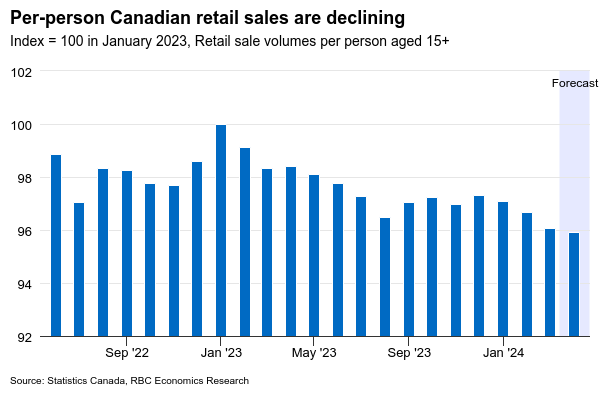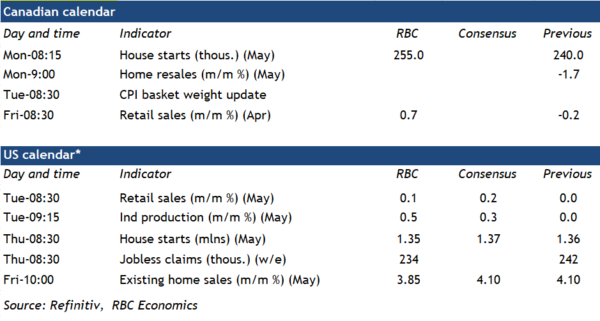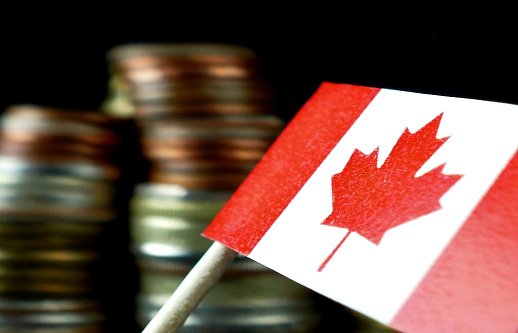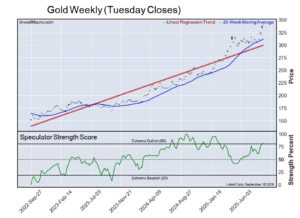Economic data in the week ahead should show further softening in Canadian (per-person) household spending before the Bank of Canada pivoted to lower interest rates in June.
Early reports from regional real estate boards suggested housing markets were in a holding pattern in May. Home resales edged lower in most regions including Toronto, Vancouver, and Montreal. That together with more new listings point to a rebalancing in market supply and demand, exerting more downward pressure on home prices that have largely stagnated this year.
Signs of persistent softness in housing markets could also be tied to potential buyers waiting on the sidelines for more clarity on the direction of interest rates. And housing isn’t the only spot where demand is lagging. April retail sales next Friday should also point to Canadian households continuing to cut back spending in the spring. Statistics Canada’s early estimate a month ago was for a 0.7% increase in total retail spending in April, with much of the increase likely driven by a 7% rise in gasoline prices. Auto sales also likely ticked higher from pent-up demand built up as a result of low inventories in recent years. Excluding gasoline and auto sales, “core” retail sales in Canada likely held steady in April, extending a softer trend after already having declined by an annualized 1.1% in Q1. And the volume of overall sales (excluding price impacts) likely ticked lower again on a per-person basis.
Lower interest rates from the BoC will help ease pressures on households, and our tracking of credit card transactions has pointed to higher spending on services in the spring even with inflation slowing. Still, monetary policy will remain broadly restrictive for a while, and we don’t expect a significantly rebound in per-capita consumer spending in Canada until next year.

Week ahead data watch
We expect Canadian housing starts to increase by 255,000 in May, given permit issuances jumped higher by 322,800 on a seasonally adjusted basis—the fastest pace increase since Dec. 2021.
On Tuesday, StatCan will release the 2024 CPI basket weights update, which reflects consumer expenditures in 2023. The new weights will account for changes in consumer spending patterns by looking at expenditure data from Household Final Consumption Expenditures, Survey of Household Spending, and alternative data sources.
U.S. retail sales likely ticked up 0.1% in May, and unit auto sales (0.8%) were up slightly, partially offsetting price-related declines in gasoline sales (seasonally adjusted gas prices were down 3% in May.)
We expect U.S. industrial production to edge up 0.5% in May, following the flat reading in April. Much of that growth was driven by higher output in the manufacturing sector, specifically higher motor vehicle production given a solid rise in hours worked in the sector.










